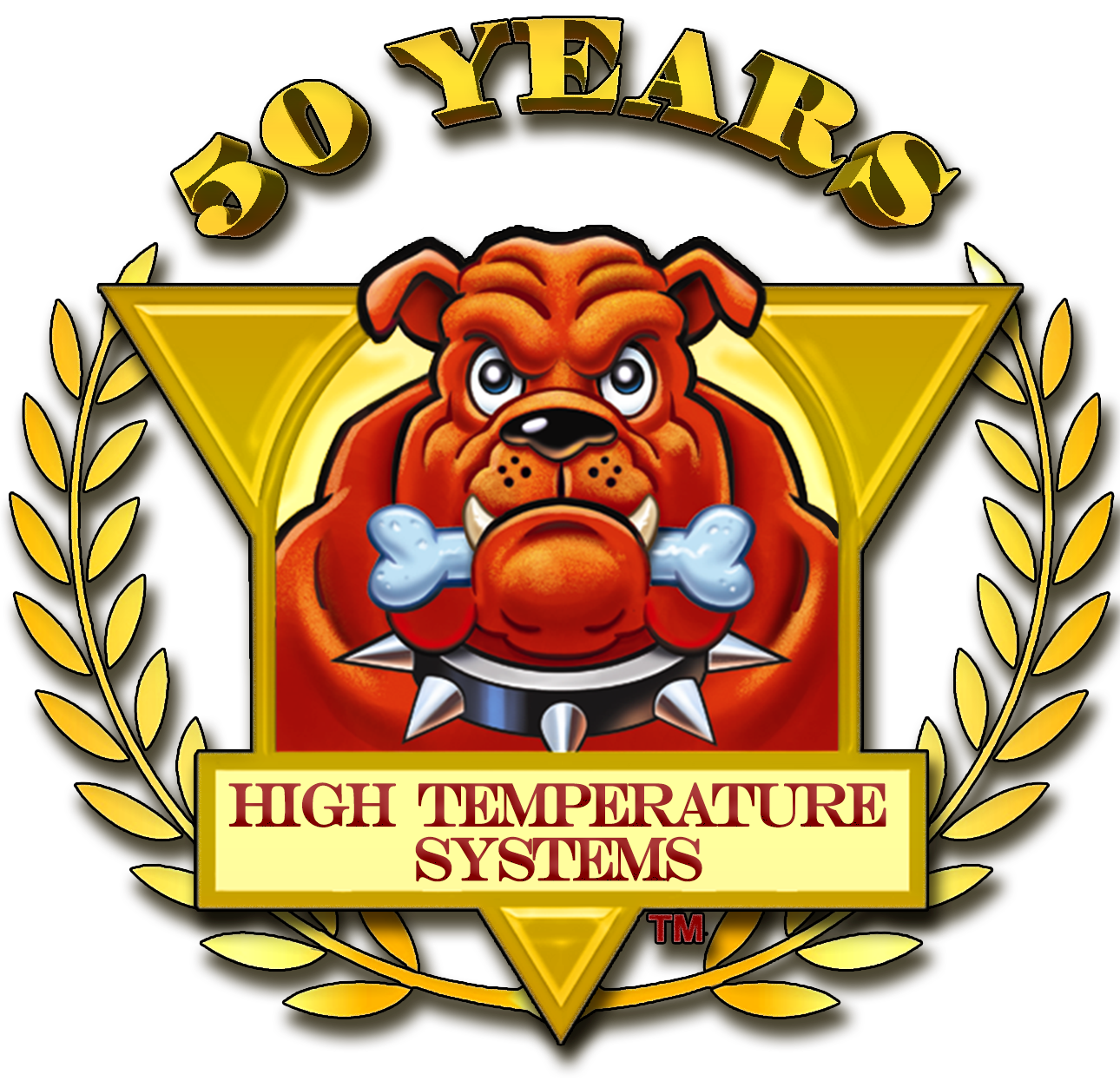Pump Installation Planning Guidelines – Part 2 – Pump Startup Scheduling
Overview
In Part 1 we discussed the pump installation planning from the highest level. We identified the typical stakeholders, and we briefly touched on each stakeholders concerns and goals. The project's overall schedule is scalable and is highly dependent upon the size of the operation, the number of furnaces, and the role the furnaces play within the overall operation. With the prerequisites in place, the actual pump startup is relatively uniform. In most cases, the pump startup can happen during one 8-hour shift.
Prerequisites
There are some prerequisites that must be in place before startup day. Here is a generalized list that will assist in planning. The prerequisites will differ from facility to facility depending upon furnace construction, materials flow, staffing levels, etc. For simplicity, we will assume that an electric circulation pump is being installed.
Complete Pump System - fully assembled in the staging area.
Complete Pump - consisting of the base, posts, riser, motor frame, motor, and cooling bell.
Cooling Blower and Flex Hose
Pump Control Panel - controls the pump via VFD and pump cooling blower.
Pre-Heat Station - (option)
Pump Consumables/Spares - typically shafts, impellers, and a complete cartridge.
Pump Hoist - mounted over pump well to allow easy raising from the staging area, and slowly lowering it to the pump well.
Pump Staging Area - Ideally, this would include a pump preheat station. This area should be equipped to hold the pump above the floor so that the base does not touch the floor at any time.
Pump Mount - a custom framework that holds the pump centered in the well with the base about 2" above the pump well floor. Verifying the fit of the framework to the pump's motor mount is a prerequisite.
Skimming tool - so remove dross from the pump well.
IMPORTANT NOTE: Follow the guidelines in the pump manual that was supplied with the pump. No following the pump manual guidelines and safety recommendations can lead to serious injury or death.
Typical Timeline
The following timeline is intended to set realistic expectations for a new pump installation. Rushing the process typically results in pump damage or even worker injuries.
Hour 1 - Electrical Connections and Verification
Hour 2 - Pump Well Cleaning
Hour 3 - Pre-heating of the Pump Over the Well
Hour 4 - Introducing the Pump into the Melt
Hour 5 - Aligning the Pump with the Submerged Arch (Circulation) or Installing Lined Transfer Pipe (Transfer)
Hour 6 - Finding Nominal Pump Speed
Hour 7 - Training and Review
Aside from cleaning the pump well, most activities are executed in sequence.
Common First-Time Installation Problems
The motor is turning backward - This is a minor issue that is easily resolved before introducing the pump into molten metal. The pump manual details the proper direction of rotation of the impeller. The direction of rotation should be verified with the shaft and impeller disconnected from the motor shaft coupling. Swapping any two phases on an induction motor will reverse the direction of the motor. If the pump is operated in molten metal with the motor running backward, the impeller will unthread. It is unlikely that the impeller and shaft can be salvaged, and will need to be replaced. The new impeller and shaft will need at least an hour to bake-out. This simple mistake is costly in both time and spare parts.
Failure to fully preheat the pump - Graphite is hygroscopic. It accumulates moisture from the air or surfaces it contacts. All graphite that is at room temperature has an accumulation of moisture that must be removed before introducing the material to molten metal. Ideally, the bake-out would be performed with a pump preheat station immediately before installing the pump. Failure to perform a complete bake-out will result in broken graphite or even an explosion when molten metal meets the moist graphite. The pump can be preheated by suspending pump an inch (2.5cm) above the molten metal for a minimum of 1 hour. The preheat station saves time by keeping the pump at an elevated temperature and free of moisture until the pump is needed. In many cases, users keep a backup pump at 300F in the preheat station at all times.
Transfer Rate Too Slow - Frozen pump risers and frozen lined pipe are a common problem with transfer pump startups. An abundance of caution often leads to "slow starting" a pump. A "slow start" may be okay for a circulation pump, but it can be catastrophic for a transfer pump. The molten metal needs to move at a rate that will transfer substantial heat to the riser and the lined pipe or even unheated launder. The general recommendation is to start the pump at 80% of maximum RPM for 5 to 10 seconds and then reduce the speed to a nominal flow to prevent freezing. Frozen metal in the riser or lined pipe will add several hours to the pump installation time.
Circulation Rate Too High - A properly sized circulation pump provided the well is big enough to accommodate it, will have 50% to 70% more capacity than is required to turn over the furnace 6 to 10 times an hour. At startup, a nominal RPM on the pump will keep the charge well moving vigorously without breaching the sill. As the graphite impeller wears, the RPM can be increased for nominal flow. The practice helps extend the life of the impeller as well as the base bearings.
Plan for Contingencies
Even the most experienced molten metal pump installer will face challenges from time to time. Plan for these challenges by stocking plenty of spare parts and keep the metal fabricator and electrician on call. Finally, the worst complication during an installation would be an injury. Always make safety a priority.
